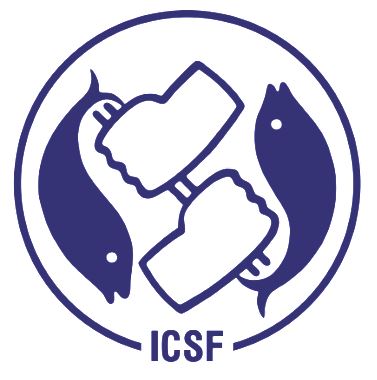Rylands, Anthony B. and Brandon, Katrina (2005) Brazilian protected areas. Conservation Biology.
Full text not available from this repository. (Request a copy)Abstract
Although Brazil's first park was established in 1937, the past two decades have witnessed an explosion of protected areas. Until 1989 federal parks and reserves were created by the Brazilian Forest Development Institute (IBDF) and the Special Secretariat for the Environment (SEMA). In 1989 SEMA and IBDF were united to form the Brazilian Institute for the Environment and Renewable Natural Resources (IBAMA). A formal, unified system for federal, state, and municipal parks, the National System for Protected Areas, was made law in 2000. In 1976 IBDF drew up a biogeographical model for siting protected areas for biodiversity conservation in the Amazon, based on representation of phytogeographic regions. There are three ongoing initiatives to determine the location of new protected areas (1) protected areas were recommended for the majority of 900 priority areas for biodiversity conservation identified in workshops held for Brazil's major biomes (1998-2000); (2) establishment of biodiversity corridors with parks and reserves as key elements; and (3) the creation of protected areas in the 23 Amazonian ecoregions identified by World Wildlife Fund-Brazil (the ARPA program). Federal and state strictly protected areas now number 478 and total 37,019,697 ha, and there are 436 sustainable-use areas totalling 74,592,691 ha. Other categories of protected areas in Brazil include private natural heritage reserves (RPPNs), which are generally small but proving important for the conservation of restricted-range and highly threatened species, and indigenous reserves, which are increasingly recognized as vital for biodiversity conservation because of their enormous size. Although Brazil has created an enormous number of protected areas over the last two decades, enormous challenges remain-not only for their administration and management-but also to protect the parks themselves as Brazil continues with its ambitious developmental programs for energy, infrastructure, industry, and agriculture.
| Item Type: | Documents |
|---|---|
| Class Number: | 700.BRA001 |
| Keywords: | Brazil, MPA, Protected Areas, National Parks, Biodiversity, Conservation, Forests, WWF |
| Subjects: | Biodiversity |
| Depositing User: | Chitti Babu ICSF |
| Date Deposited: | 17 Feb 2022 07:15 |
| Last Modified: | 17 Feb 2022 07:15 |
| URI: | http://icsfarchives.net/id/eprint/9455 |
Actions (login required)
 |
View Item |


